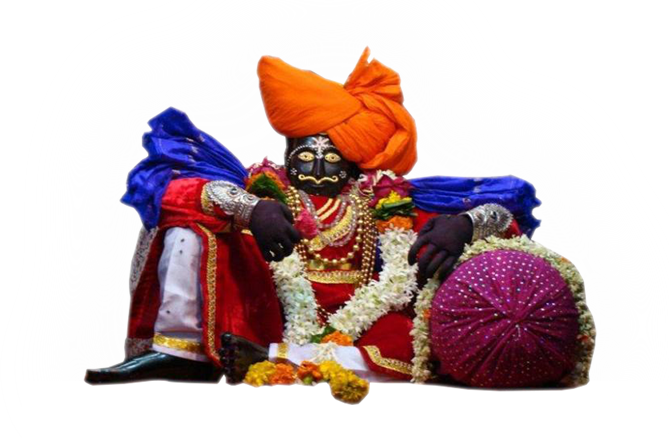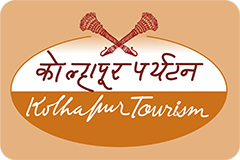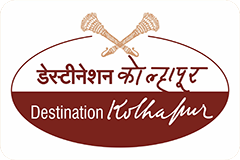

The famous 'Jyotiba Devasthan (Temple)' and a folklore of majority people in Maharashtra and popularly known as 'Wadi Ratnagiri' is situated on the Jyotiba mountain range, about a Seventeen kilometers of north-west to the Kolhapur city. The Hemadpanthi style temple is a group of three temples, at an elevation of about 3100 feet above the sea level.

4:00 am
TEMPLE OPENS WITH RINGING THE BELL
5:00 am
PADHYAPUJA & KAKADARATI
8:00 AM
PANCHAMRUT ABHISHEKAM
9:00 AM
KHADIPUJA/MAHAPUJA BY OFFERING GOLD ORNAMENTS
9.30 am
DHUPARTI & MAHANAIVEDYAM (HOLY FOOD)
3:00 PM
BATH, ABHISHEKAM & BAITHI PUJA
7:00 PM TO 9:00 PM
VIRAGI/SIMPLE PUJA, DHUPARATI & SHEJARATI
11:00 PM
TEMPLE CLOSES


भगीरथी तूही हिमाचल वाशी । नलगत पलखल दुर्जन संहारी त्याशी ।
तो हा हिम केदार करवीरा पाशी । रत्नागिरीवर शोभे कैवल्य राशी ।
जयदेव जयदेव जय जय श्री केदार । दासा संकटवारा भव भय निवारा ।।१।।
उत्तरेचा देव दक्षिणी आला । दक्षिण केदार नाम पावला ।
रत्नासूर मर्दूनी भक्ता पावला । दास म्हणे थोर भाग्या लाभला ।
जयदेव जयदेव जय जय श्री केदार । दासा संकटवारा भव भय निवारा ।।२।।